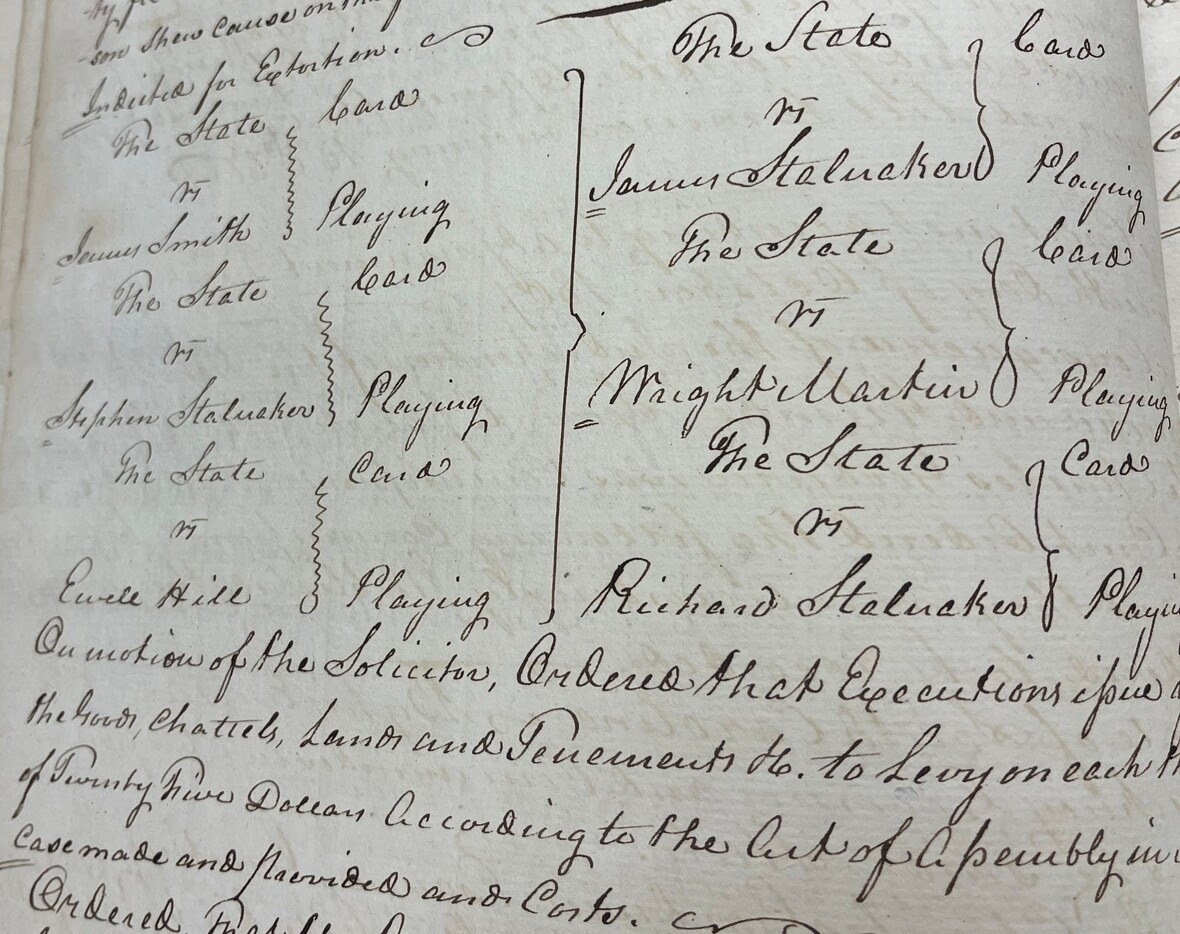
22 Mar Genealogy- Newsletter- March 22, 2025
Contents
 GENEALOGY- DID GRANDPA INVENT THE POTATO CHIP?
GENEALOGY- DID GRANDPA INVENT THE POTATO CHIP?
In a couple of recent editions, we covered the legends surrounding Tom Smith. His father, John Addison Smith IV, had his own amazing stories that I discovered while working on their genealogy.
According to legend, Addison was a dreamer, a gambler, and an inventor. It was said that Addison went “through three fortunes in his lifetime”. He claimed one of his inventions was the “potato chip.”
I researched the history of the potato chip, and references to it began to appear in cookbooks from 1817 to 1832. Since Addison was not born in 1841, the story seemed far-fetched at first, but I persisted in trying to find its origin.
A legend associates the creation of potato chips with Saratoga Springs, New York, rather than with the first recorded recipe. By the late nineteenth century, a popular version of the story attributed the dish to George Crum, a cook at Moon’s Lake House who was trying to appease an unhappy customer on August 24, 1853. The customer kept sending back his French-fried potatoes, complaining that they were too thick, too “soggy”, or not salted enough. Frustrated, Crum sliced several potatoes extremely thin, fried them to a crisp, and seasoned them with extra salt. To his surprise, the customer loved them. They soon came to be known as “Saratoga Chips,” a name that persisted into the mid-twentieth century. A version of this story was popularized in a 1973 national advertising campaign by St. Regis Paper Company, which manufactured packaging for chips, claiming that Crum’s customer was Cornelius Vanderbilt. Crum was already renowned as a chef at the time, and by 1860, he owned a lakeside restaurant, which he called Crum’s House. The “Saratoga Chips” brand name remains in use today. Some accounts also claim that the true inventor was Speck’s sister, Catherine Wicks, with whom he is pictured. Genealogy.
The story passed down in the Smith family proved to be correct, as in 1888, Addison invented a potato chip machine that enabled his “Saratoga Chips” to be prepared in a tasty and sanitary manner. They were extremely popular at that year’s San Francisco fair, as reported in the newspaper article.
In today’s world, we are often shocked by occasional food-borne illness outbreaks, such as those experienced by Chipotle or Blue Bell. However, until the turn of the last century, eating out at a restaurant or even at a state fair carried its risks. So, thanks to Addison, the chips won’t kill you, and even if they were germ-free, the deep-fried Oreos may still take you down.
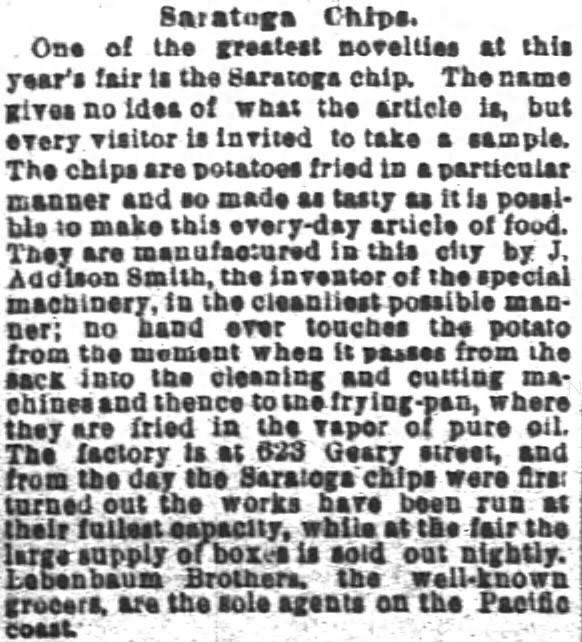
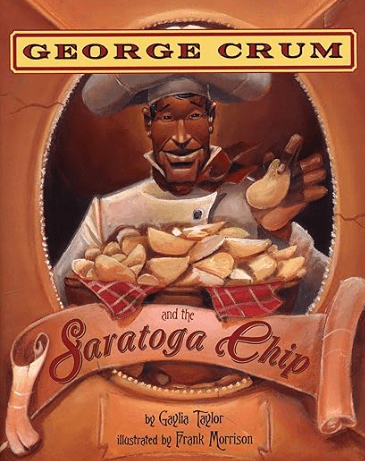
 GENEALOGY- JEREMIAH BROWN’S MILL
GENEALOGY- JEREMIAH BROWN’S MILL
In the last edition, as part of my wife’s genealogy we reported on Mary Royal Coale Brown’s kidnapping as a child from Scotland, her purchase by Caleb Pusey, her marriage to William Coale, her son-in-law’s Inn of the Rising Sun Mary Royal’s kidnapping, here’s how her second husband Jeremiah Brown, my wife’s 9th Great-Grandfather earned his living.
Deeds indicate that the first owners were William Coale, Sr., followed by Jeremiah Brown, who served as the miller in 1734. Jeremiah Brown was a Quaker from Chester County, Pa., and had come to Maryland in 1702 with his parents when they purchased 2500 acres from William Penn. The next owner was Jeremiah Brown, Jr. In 1779, the mill passed to Brown’s son-in-law, John Lewden, and Rachel Brown Lewden, next to Joseph Haines, acting for Joseph Reynolds. Genealogy.
In 1800, John Phillips became the owner; then James Janney, Leven Gale, and in 1833, Eli and Morris Hurford. The Cecil Whig list entitled “North East” placed this mill as Hurford’s on Big North East Creek and showed 12 to 14 feet of fall on November 1, 1845. The Martenet’s 1858 county map showed Hurford Mill.
The atlas listed Robert Trimble, and the 1880 census of manufactures listed William N. Trimble with a $2,400 capital investment in a mill employing two employees, with a maximum capacity of 50 bushels per day, and two run-of-stone mills, doing 75% custom business. A 10.5-foot fall drove an overshot wheel 10.5 ft broad at 20 rpm to develop seven hp. Annual output was 133 bbl. of flour, 138 tons of meal, 45 tons of feed, and 6.2 tons of buckwheat ($13,500).
The mill passed to Howard Brown and then to his heirs, who in turn passed it to John Barry. In 1946, it was acquired by Joseph E. Plumbstead. The dam and race were restored in 1961. Edwin Plumbstead, an architect, restored the mill as a private farm museum and studio in the 1960s.
The mill was struck by lightning and burned on June 26, 1971. The fire engines from Rising Sun were only able to pump mud from North East Creek, which had recently been silted up by widening Md. 273. Plumbstead’s antiques, including Ironmaster John England’s Conestoga wagon, were destroyed. Plumbstead rebuilt the mill. The site is on the south side of Md. 273, west of the creek and east of Hatchery Road.
The Jeremiah Brown House and Mill Site were nominated to the National Register by the Governor’s Consulting Committee on January 18, 1988.
 GENEALOGY- MY KIND OF START-UP
GENEALOGY- MY KIND OF START-UP
A 10-year-old boy who has started cleaning gravestones said his role has gained him new respect among school friends.
Earlier this year, Ben, from Ilkeston, Derbyshire, England, washed his grandmother’s memorial and then decided to offer the service to neighboring families.
He said the national and social media attention that followed has meant “everyone knows who you are.”
He also said he was pleased the charity to which he gives a portion of his takings had also seen a surge in donations.
Almost immediately after his family posted about Ben’s service, Guardians of the Headstones, on social media, a tremendous response ensued.
Ben said, “I found my mum at half past five or six in the morning, counting all the responses we had.”
“There were almost too many to count, hundreds, maybe thousands.
“People were offering free haircuts, free sweets from a shop, free photography, lots of amazing things.”
The story has also been picked up by various media outlets—a fact that has not gone unnoticed at his school.
Ben said, “My whole school knows because, in assembly, my head teacher showed everybody what I was doing.”
“Some of my friends are just a lot kinder to me than they used to be.
“It’s just crazy when you’ve been so crucial to people’s lives, you just get treated a bit of higher respect.
“It’s just how some people are just so kind and support even some of the weirdest ideas.
“And there’s always a bit of good in the world, and that’s lovely.”
Ben has decided that 10% of everything he does will be donated to the Stevie Stones charity, which provides memorials to families who have lost children- Stevie Stones
“They used to have four donations every four months,” he said. “And since we spoke about them, it just absolutely blew up.
“Now they’ve had four every week, and a guy is offered to donate £60 every month.”
 GENEALOGY AND BASTARDY BONDS
GENEALOGY AND BASTARDY BONDS
Early America’s version of child support. Bastards were legally defined as persons whose parents were not married to one another at the time of birth. Bastards were prohibited from inheriting property from the father unless legitimized.
Bastardy bonds were typically posted by putative fathers of illegitimate children to ensure that the child was supported without public expense. Bonds and records usually list the names of the father and his bondsman, as well as those of the mother and child, along with the amount of the bond posted. Bastardy records may also include presentments against and examination of unwed mothers and mothers-to-be, warrants to bring putative fathers to court, and receipts for payments made on behalf of bastard children. Genealogy.
If the putative father fails to support the child, then the bond and its associated property would be forfeited to the county or parish for support of the bastard child.
Besides land, property could consist of farm animals, implements, and personal items.

 GENEALOGY- MANSLAUGHTER INSTEAD OF MURDER?
GENEALOGY- MANSLAUGHTER INSTEAD OF MURDER?
Sounds like a plea deal to me. One of my son-in-law’s ancestors, Frank Okuroski, met a violent end at the hands of Joe Salyski when he was stabbed in the neck. You can see the wound illustrated on the funeral home’s burial certificate.
Ever the Oklahoma capitalist, you may notice, to the left, a place for the funeral director to determine the net profit of the funeral.
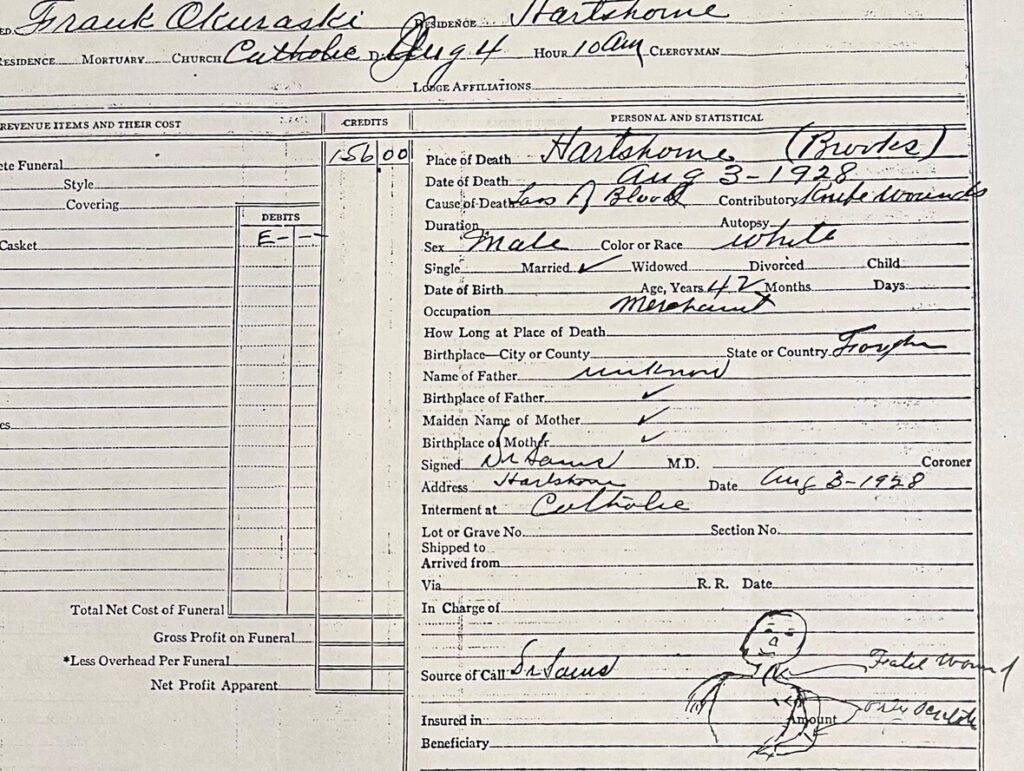
 GENEALOGY- AIRCRAFT CARRIERS ON THE GREAT LAKES
GENEALOGY- AIRCRAFT CARRIERS ON THE GREAT LAKES
My wife’s uncle, Bill, was introduced in our January 2025 edition of the “Spirit of Omaha” article Spirit of Omaha.
Bill must have been inspired by his young meeting with Charles Lindbergh as he became a US Navy fighter pilot in World War II (pictured at left with my Army Air Force father-in-law). He told many stories of his adventures. Those include flying with a buddy during pilot training at Naval Air Station Whidbey Island. Their “maverick-style” flying, which would get you kicked out today, led to unauthorized flying under the Deception Bay Bridge, and his buddy clipped the electrical wires that brought electricity to the island, resulting in a blackout. His buddy, the culprit, was never caught. Genealogy.
He shared with me, many years after that, a print that showed a US Navy training craft above an aircraft carrier on Lake Michigan, with the Chicago skyline in the background. He said that the painting was created from an airborne photograph, but the artist removed all the lower clouds and enhanced the Chicago skyline to make the picture (below) more saleable.
He had ordered the print because he said that the plane in the foreground was his, and he claimed to have been flying it on the day the shots were taken.
That’s when I learned about the pilots being trained there because the Navy was concerned about the potential interference from the German or Japanese military if they practiced landings on the open ocean. So, the Navy devised a quick solution to train pilots on the Great Lakes.
Here’s the story:
The USS Wolverine, a smoke-belching, paddlewheel flattop of the United States Navy, was once an elegant, post-Victorian, side-wheel excursion steamer on the Great Lakes. It was built in 1913 by the American Ship Building Company and operated as a luxury excursion steamer on overnight service to Great Lakes port cities.
The United States Navy acquired the side paddlewheel steamer, and her conversion to a training aircraft carrier began on May 6, 1942. The name Wolverine was assigned to operate on Lake Michigan, as they were adjacent to the Wolverine State.
Fitted with a 550 ft wooden flight deck, USS Wolverine began her new job in January 1943, joined by her sister, USS Sable, in May. Operating various aircraft out of Naval Air Station Glenview, a suburb of Chicago, the two paddle-wheelers provided a training platform not only for pilots but for Landing Signal Officers (LSOs) as well.
Sable and Wolverine were a far cry from frontline carriers. Still, they were suitable enough for accomplishing the Navy’s purpose: qualifying naval aviators, fresh out of operational flight training, in carrier landing techniques. The two carriers lacked specific equipment found on fleet carriers, such as elevators or a hangar deck. If crashes used up the allotted spots on the flight deck for parking damaged aircraft, the day’s operations were over, and the carriers headed back to their home on Chicago’s waterfront, the Navy Pier.
With a top speed of only 18 knots, the Great Lakes carriers had operational limits to contend with, such as “wind over deck” (WOD). Specific WOD minimums of around 30 knots were required to land combat aircraft such as F6F Hellcats, F4U Corsairs, TBM Avengers, and SBD Dauntlesses. When there was little to no wind blowing over Lake Michigan, flying operations often had to be canceled because the carriers couldn’t reach the required speed to meet the WOD minimums. Low WOD speeds were critical for these carriers as the flight deck was relatively close to the water compared to fleet carriers. Any aircraft not generating enough forward speed on takeoff would experience “sink” once clear of the bow. Many fleet carriers had sufficient height above water for the pilot to collect the aircraft and gain flying speed; however, this was not the case with the Wolverine.
If low wind conditions continued over several days, a backlog of waiting aviators grew. The alternative was to qualify the pilots in SNJ Texans, which had a lower threshold for WOD—even though most pilots had not flown the SNJ for four or five months. This process sent pilots to operational units without actually having carrier-landed the type they would fly while deployed with the fleet.
When the Japanese surrendered, the carriers were shut down immediately. Wolverine was decommissioned on November 7, 1945. The last records indicate that the ship was sold for scrapping in December 1947.
Uncle Bill ended up being assigned to the USS Belleau Wood. This was a United States Navy Independence-class light aircraft carrier that was active in the Pacific Theater during World War II from 1943 to 1945.
Belleau Wood saw extensive action, participating in the Gilbert and Marshall Islands campaigns in late 1943 and early 1944, as well as the Mariana and Palau Islands campaigns in mid-1944. There, she saw action at the Battle of the Philippine Sea, where her aircraft contributed to the sinking of the Japanese carrier Hiyō. She fought in the Philippines campaign later that year and saw action at the Battle of Leyte Gulf. Shortly thereafter, she was damaged by a kamikaze. After repairs, she supported the invasion of Iwo Jima in March 1945 and operations against the Japanese Home Islands. After the war, she participated in Operation Magic Carpet missions before being placed in reserve in 1947.
Uncle Bill’s navy pilot career ended somewhere in those campaigns as his tailhook had been shot off, and so he crash-landed on the deck. His best friend, having just landed, was on the deck at the time of the crash and pulled him out of the burning plane, with Bill having sustained a broken back.
At some later point, Bill went down to visit another World War II carrier that was in port in Long Beach, as he said he wanted to walk off a carrier instead of being carried off.
Bill’s legacy has carried on through his nephew, my brother-in-law, who became a Navy pilot, and his son, Bill’s great-nephew, who is a USAF F-35 pilot.
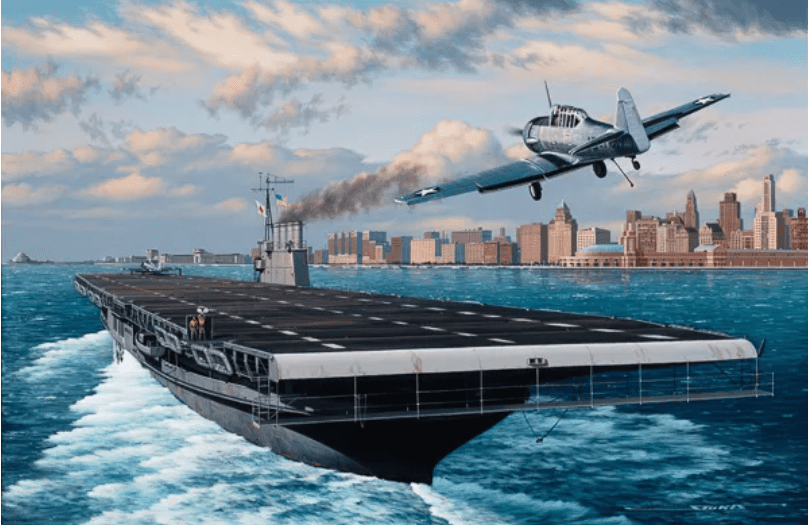
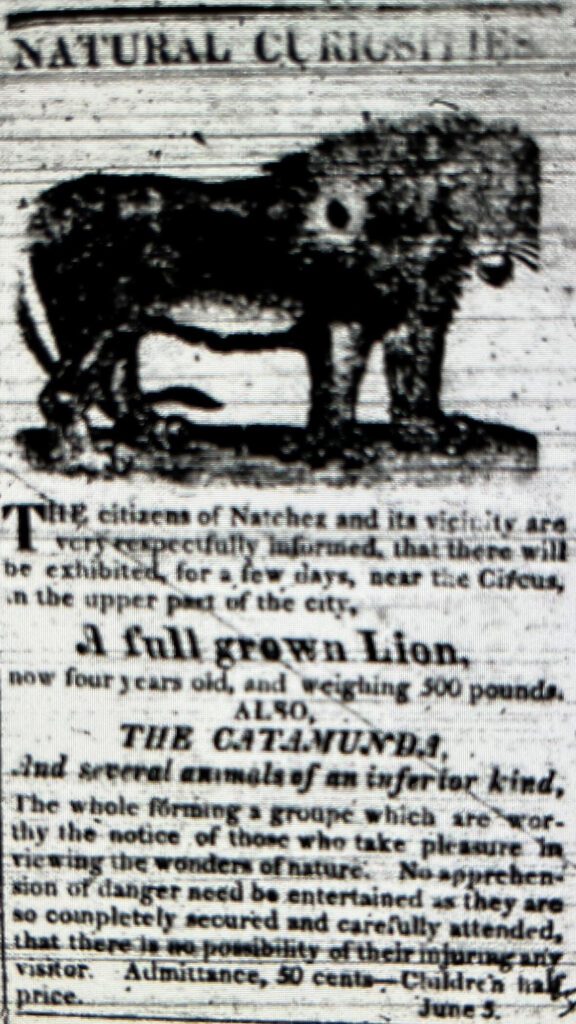
 GENEALOGY- PRESERVE YOUR FAMILY HISTORY, TODAY
GENEALOGY- PRESERVE YOUR FAMILY HISTORY, TODAY
Reach out to Dancestors Genealogy. Our group of genealogists will research, discover, and preserve your family history. No one is getting any younger, and stories disappear from memory every year and eventually from our potential ability to find them.
Preserve your legacy and the heritage of your ancestors.
Paper gets thrown in the trash; books survive!
Ready to embark on your family history journey? Don’t hesitate. Call Dan Nelson and get your project started!


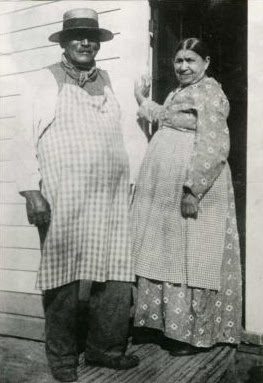 GENEALOGY- DID GRANDPA INVENT THE POTATO CHIP?
GENEALOGY- DID GRANDPA INVENT THE POTATO CHIP?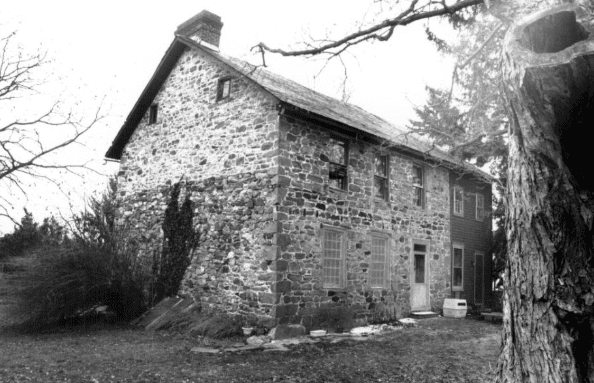 GENEALOGY- JEREMIAH BROWN’S MILL
GENEALOGY- JEREMIAH BROWN’S MILL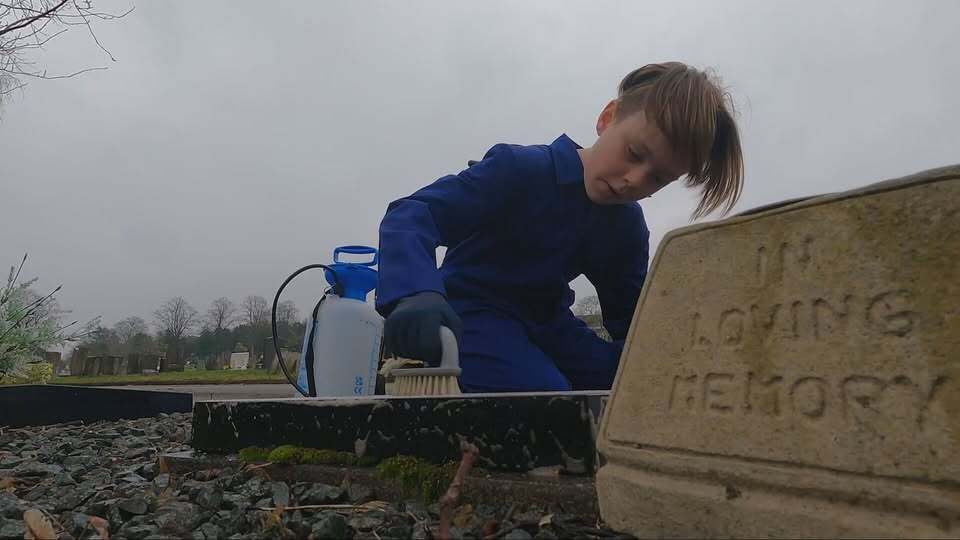 GENEALOGY- MY KIND OF START-UP
GENEALOGY- MY KIND OF START-UP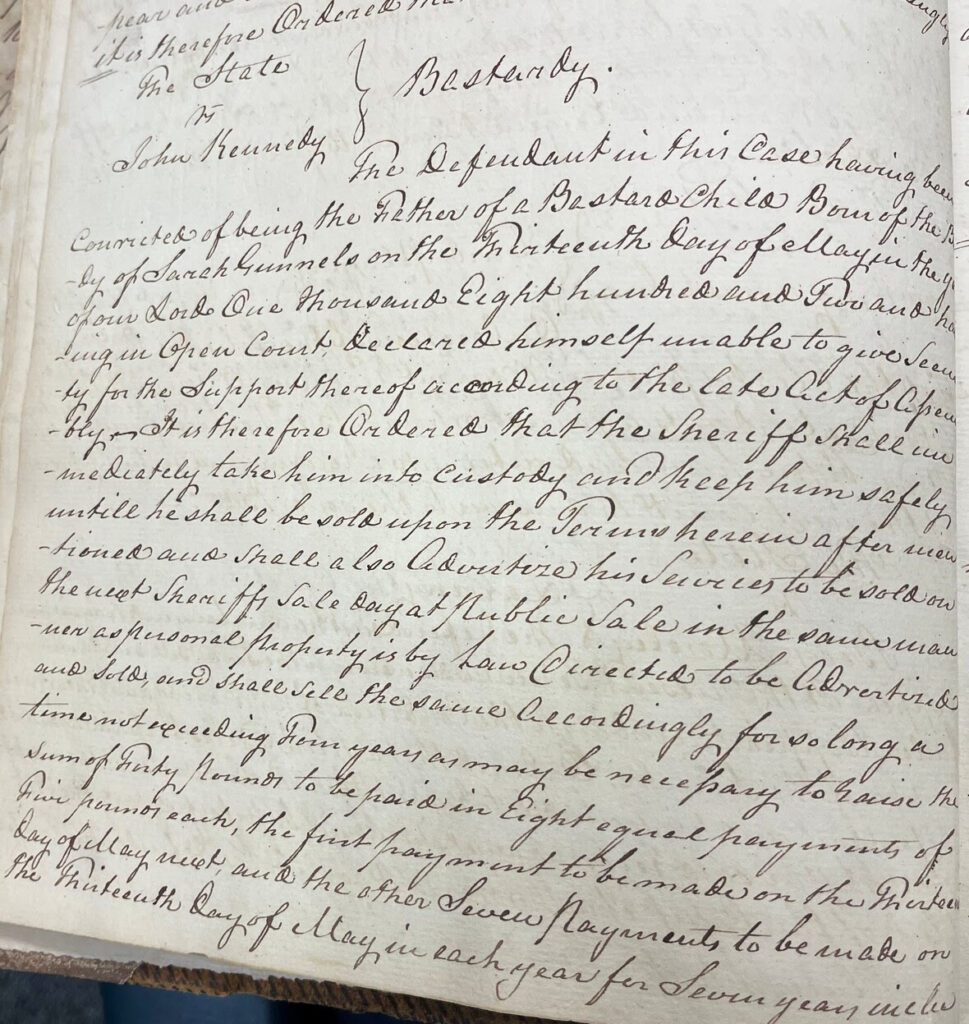 GENEALOGY AND BASTARDY BONDS
GENEALOGY AND BASTARDY BONDS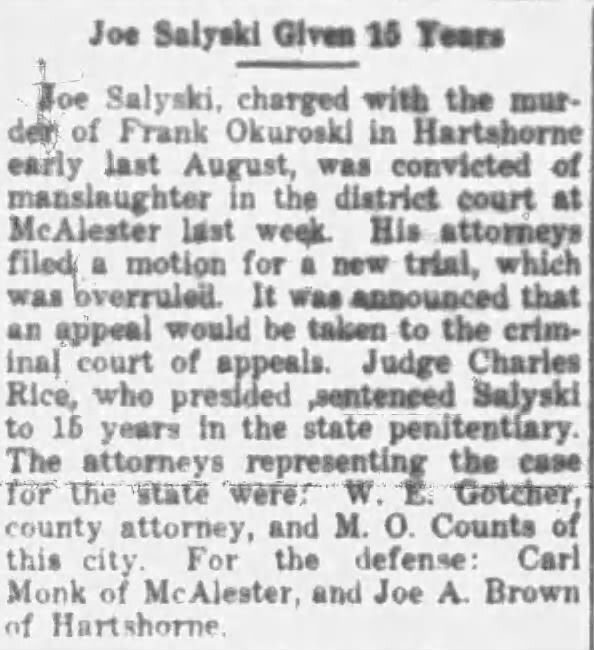 GENEALOGY- MANSLAUGHTER INSTEAD OF MURDER?
GENEALOGY- MANSLAUGHTER INSTEAD OF MURDER?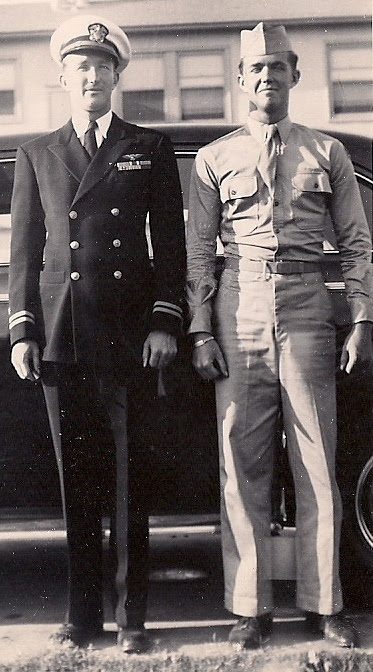 GENEALOGY- AIRCRAFT CARRIERS ON THE GREAT LAKES
GENEALOGY- AIRCRAFT CARRIERS ON THE GREAT LAKES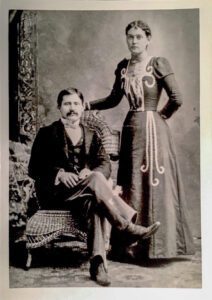 GENEALOGY- PRESERVE YOUR FAMILY HISTORY, TODAY
GENEALOGY- PRESERVE YOUR FAMILY HISTORY, TODAY